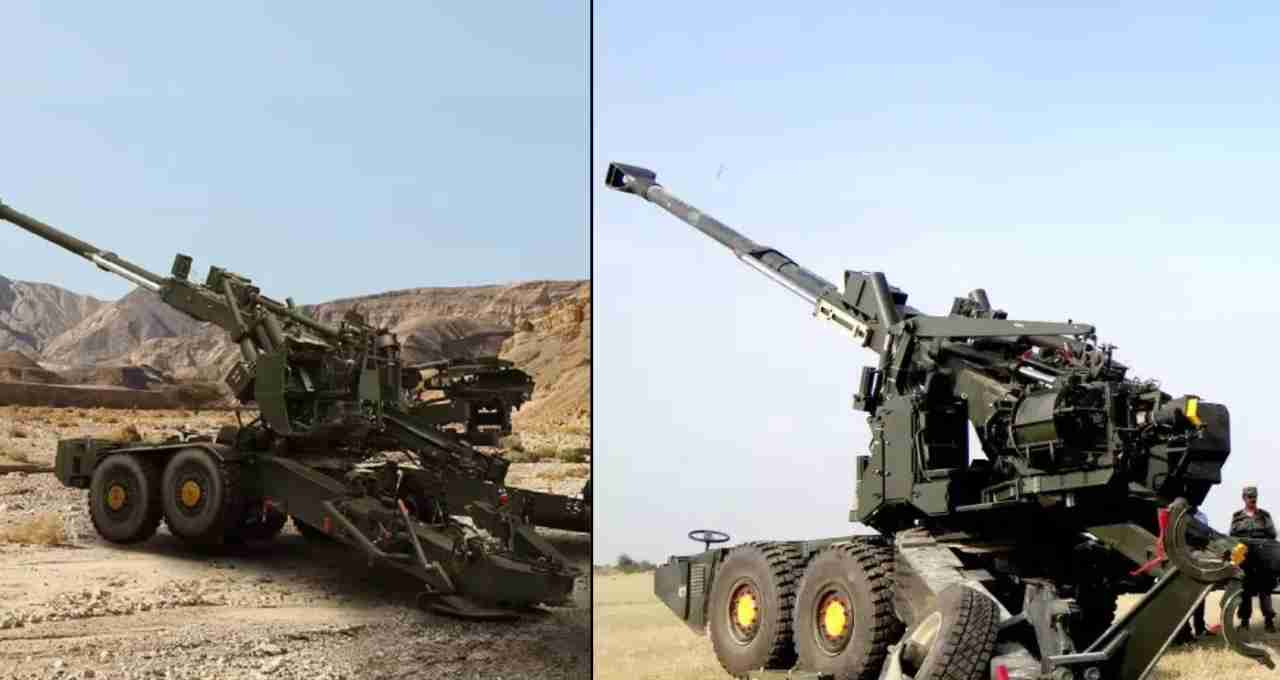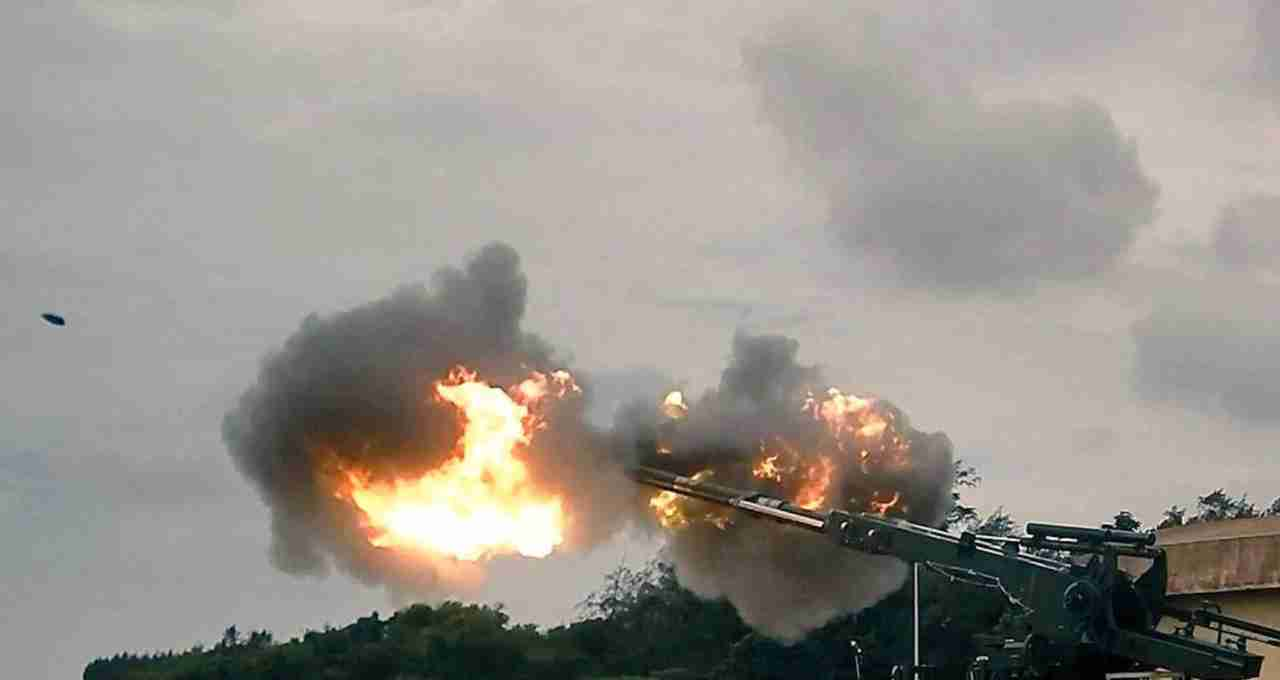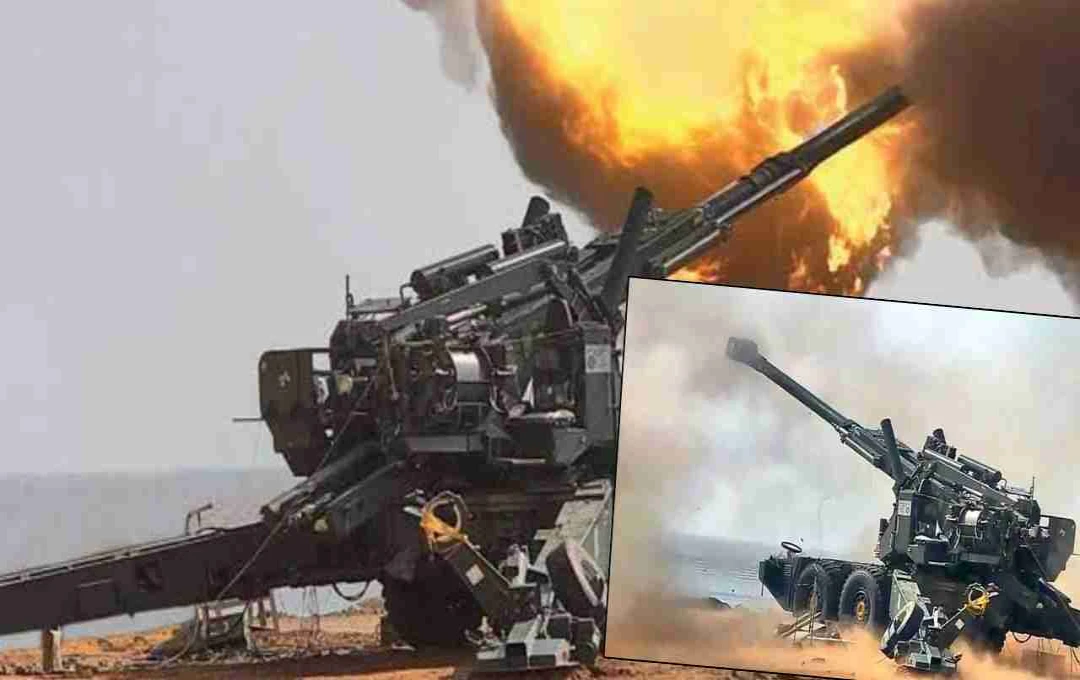The ATAGS indigenous towed artillery gun system is being inducted to strengthen India's borders. Its 48 km range, automated technology, and 'shoot-and-scoot' capability will modernize the artillery.
Defence News: A significant step has been taken to modernize the defense system to counter threats on India's borders. The ATAGS, or Advanced Towed Artillery Gun System, is now set to become part of the Indian Army's artillery. Its features, technical strength, and future strategy could make it a key weapon for the Indian Army.
What is ATAGS?
ATAGS is a 155 mm/52 caliber modern towed artillery gun, developed entirely with indigenous technology. It has been designed by DRDO in collaboration with Bharat Forge and Tata Advanced Systems Limited (TASL). The project was initiated in 2013, with the aim of replacing the army's old artillery guns with a modern alternative.
Plan to be inducted into the army
In March 2025, the Ministry of Defence signed a deal worth ₹6,900 crore for the purchase of 307 ATAGS and 327 high-mobility 6x6 gun towing vehicles. The first regiment will be inducted into the army by February 2027. Bharat Forge will manufacture 184 units and Tata 123 units.
Features of ATAGS

ATAGS is known for its long firing range, rapid firing rate, and automated operation system. Some of its key features are as follows:
Long Firing Range
ATAGS has a maximum firing range of up to 48 kilometers. This record was achieved during the Pokhran tests in 2017.
Rapid Firing Capability
It can fire 6 rounds in 85 seconds. In normal mode, it is capable of firing 60 rounds per hour.
Electric Drive System
ATAGS is equipped with an all-electric drive instead of the traditional hydraulic system, which reduces maintenance and increases reliability.
Automated Operation
Its gun laying and ammunition handling systems are fully automatic. Along with an inertial navigation system, muzzle velocity radar, and ballistic computer, it can aim more accurately.
Useful in All Environments
ATAGS can be used effectively from desert areas to mountainous regions. Its testing has been successful from Rajasthan to Sikkim and Ladakh.
Indigenous Technology
More than 65% of ATAGS is made in India. This includes the barrel, breach mechanism, firing system, recoil mechanism, and ammunition handling.
Mounted Gun System Variant
A truck-mounted version of ATAGS has also been developed. It is based on an 8x8 high-mobility vehicle and weighs approximately 30 tons. It works on the 'shoot-and-scoot' formula, meaning it can change position immediately after firing.

Development and Testing Process
The testing process of ATAGS was completed in several stages. The first test took place in 2016 in Balasore, Odisha. In 2017, it achieved a record range of 48.074 km in Pokhran. In 2021-22, trials were conducted in the icy areas of Sikkim, and in 2022, the final validation trial took place in Pokhran. Once, during a trial in 2020, a barrel burst incident occurred, and the investigation revealed that the incident was caused by a malfunction in the ammunition, not by a technical deficiency in the gun.
International Success
The fact that Armenia has purchased it is proof of the global demand for ATAGS. An order for 6 units was received in 2023, and negotiations are underway for 84 more units in 2024.
Indian Army Artillery: Current Status
The Indian Army initiated the Field Artillery Rationalization Plan (FARP) in 1999, aiming to include 2800 to 3600 modern 155 mm guns by 2027. This target has now been extended to 2040.
Currently included in the inventory:
K9 Vajra-T: 100 units included, 200 more planned
Mounted Gun System: 814 units planned
Ultra-light Howitzer M777: 145 units
Pinaka Multiple Rocket Launcher: 4 regiments in operation, 6 more proposed
BrahMos Missile System: Already deployed
Challenges and Directions for Improvement
CAG has criticized the slow progress of FARP. Only 8% of the guns have been included in 25 years. The weight of ATAGS is 18 tons, whereas the army's priority was a gun weighing less than 15 tons. Improvements are ongoing. There was also a proposal by the army to purchase the Israeli ATHOS gun, but the government prioritized the indigenous ATAGS.















